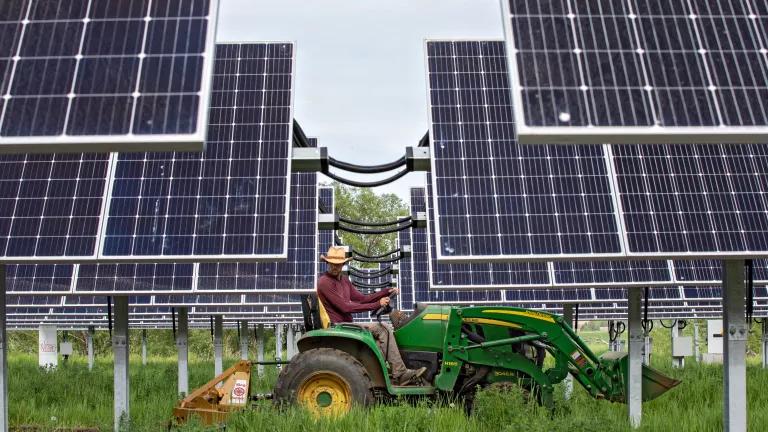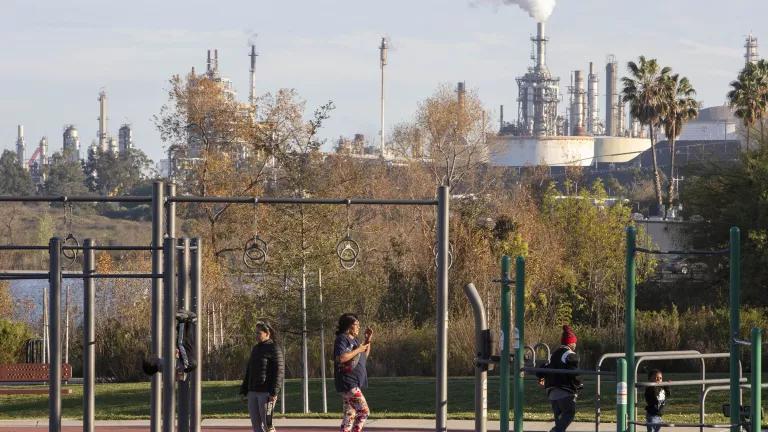Forests Not Fuel: Burning Trees for Energy Increases Carbon Pollution and Destroys Our Forests
Forests cover 30 percent of the Earth's surface. They purify our air and water, control soil erosion, foster biodiversity, serve as habitat for wildlife, and provide us with places to hike, fish, hunt, camp, and enjoy undisturbed environments. Forests also serve as carbon "sinks," absorbing and storing vast amounts of carbon, making them one of our best defenses against global warming. In the U.S., we rely on the expansion of forest carbon sinks to offset approximately 13 percent of our global warming pollution every year.
Power companies, facing pressure to find alternatives to fossil fuels like coal, are increasingly proposing to burn whole trees for energy instead. They are doing so under the mistaken assumption that, because trees can grow back, they are a "carbon neutral" fuel source, one that completely balances the production and use of carbon, resulting in zero net emissions. But just like coal, when trees are burned in power plants, the carbon they have accumulated over long periods of time is released into the atmosphere. Unlike coal, however, trees will continue to absorb carbon if left alone. So burning forests for energy not only emits a lot of carbon, but also degrades our carbon sinks.




